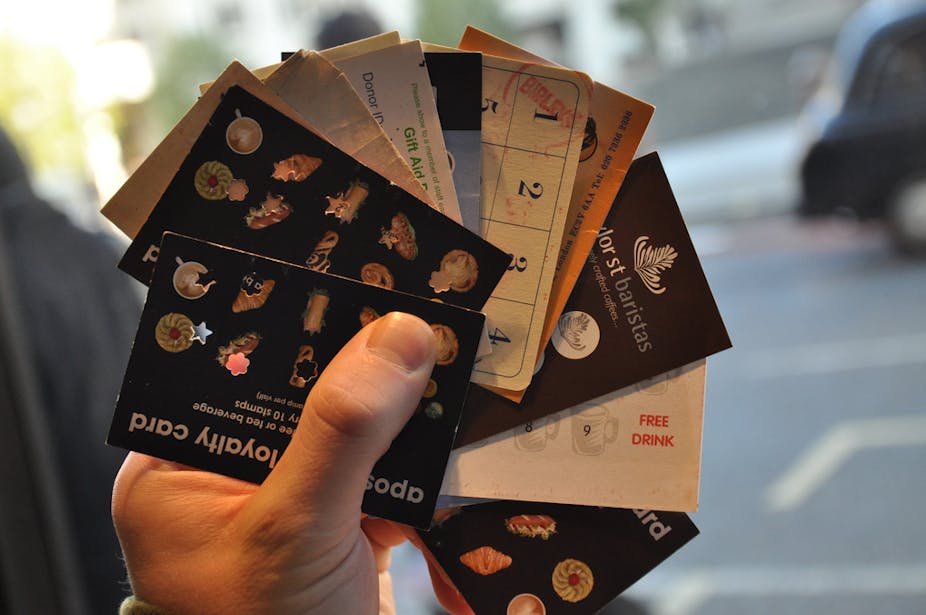Retail pharmacy chain Priceline recently signed a deal to sell ACE insurance products to members of its loyalty program, The Sister Club.
It’s a well-trodden path in the UK where retail chain Tesco has been selling insurance, banking and other services to its Clubcard customers for many years.
In Canada, the Real Canadian Superstore has been offering travel services, banking and insurance products to its customers for at least a decade. Likewise, France’s Carrefour has been doing similar cross selling for years.
In Australia Coles and Woolworths have been mimicking this tactic by offering a number of co-branded services to the customers enrolled in their loyalty programs. Coles and Woolworth’s home and content insurances are good examples.
Some have questioned if the Priceline plan could breach data privacy and whether it will erode customer loyalty.
Most people don’t like their email inboxes being filled with advertising, but as long as the customer has given permission for their data to be shared with other companies (which usually involves ticking a box on an application form), it is legal under data protection laws to share such information. While it may annoy us, whether such activity will erode customer loyalty is less clear.

Building on research presented at last year’s Australian and New Zealand Marketing Academy Conference, we are currently looking at customer purchasing patterns across pharmacy retailers in Australia, using data from the Roy Morgan Single Source Survey. In this analysis, we have found Priceline actually shares more customers with other brands than it should for a brand of its size.
Contrary to the claims of Priceline parent Australian Pharmaceutical Industries that its Sister Club is a brand differentiator, our research suggests Priceline’s loyalty program has virtually no demonstrable positive effect on customer loyalty whatsoever.
Unfortunately for our inboxes, much of the relationship marketing literature argues strongly for cross-selling and bundling products. Loyalty programs are often set up with this objective in mind across a range of brands and all too often without considering the possibility of “over-marketing” to customers.
Priceline and ACE plan to promote their insurance products through direct mail and email campaigns and so run the risk of “over-marketing”. In addition to success measures such as click through, Priceline will also need to consider metrics such as spam complaints, unsubscribe and bounce rates.
While customers may be unhappy with excessive email contact they may not unsubscribe, but simply ignore the email. In this case, metrics such as average revenue per order, as well as average revenue per campaign, will be useful. A decline in these may be an indication of subscriber dissatisfaction and potentially the further eroding of loyalty to the brand.
While loyalty is usually treated as an important marketing construct, Priceline also needs to remember that it is competing in a repertoire market.
In a repertoire market consumers buy from within a number of competing brands, so switching is not a useful metric of loyalty, as a “switch” can be for one or two purchases, with a consumer returning on a third purchase occasion as part of their natural repertoire buying behaviour.
Within a repertoire market “share of category requirements” is a useful measure, but it also needs to take into account brand size. Because Priceline is the largest brand of pharmacies in the category, it benefits from the “Double Jeopardy” effect, in that through a natural selection effect it will achieve more purchases from more consumers because it has more mind share and more distribution outlets.
Research suggests that despite their large cost, retailer loyalty programs have little effect on loyalty to retail brands outside what would have been expected for the size of the brand, in that larger brands get slightly more loyalty to their brands, known as the Double Jeopardy Law.
Testing that already tenuous loyalty with promotions for third-party products could be the trigger that turns a customer into a critic.

